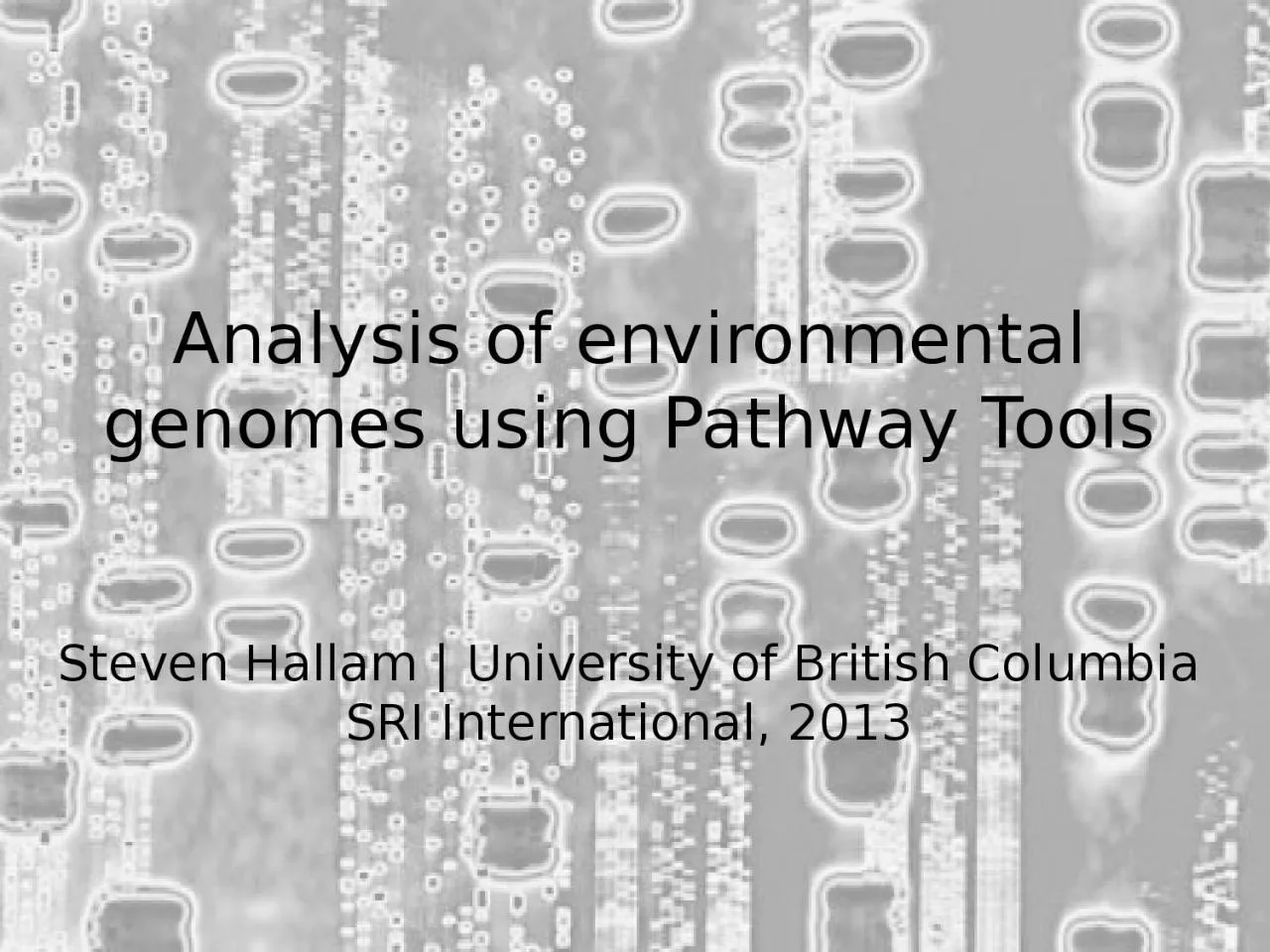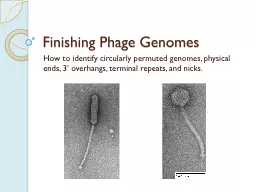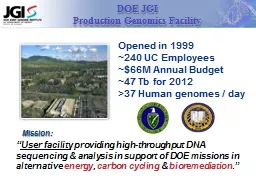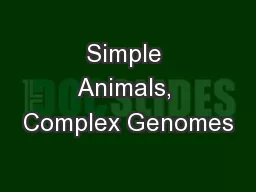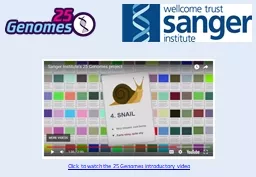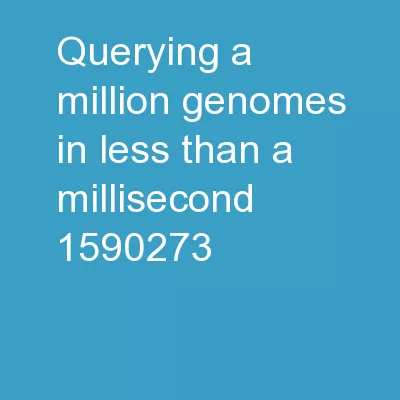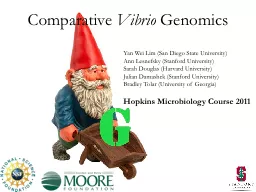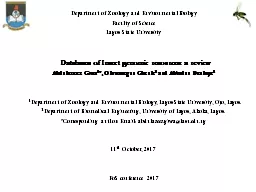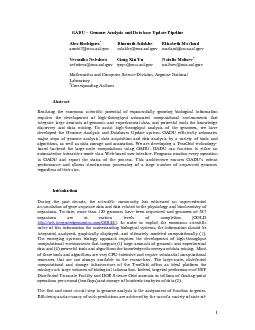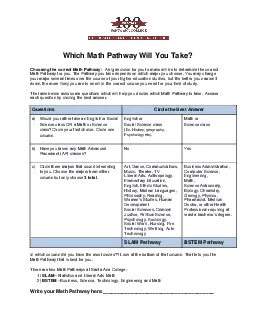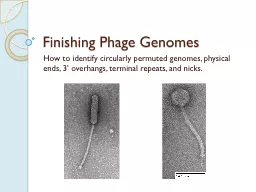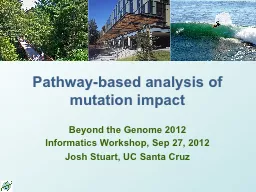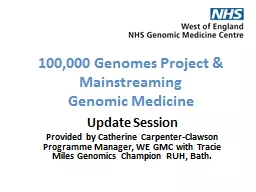PPT-Analysis of environmental genomes using Pathway Tools
Author : pamela | Published Date : 2024-03-13
Steven Hallam University of British Columbia SRI International 2013 Overview Through the looking glass Environmental PathwayGenome Databases MetaPathways Pipeline
Presentation Embed Code
Download Presentation
Download Presentation The PPT/PDF document "Analysis of environmental genomes using ..." is the property of its rightful owner. Permission is granted to download and print the materials on this website for personal, non-commercial use only, and to display it on your personal computer provided you do not modify the materials and that you retain all copyright notices contained in the materials. By downloading content from our website, you accept the terms of this agreement.
Analysis of environmental genomes using Pathway Tools: Transcript
Download Rules Of Document
"Analysis of environmental genomes using Pathway Tools"The content belongs to its owner. You may download and print it for personal use, without modification, and keep all copyright notices. By downloading, you agree to these terms.
Related Documents

